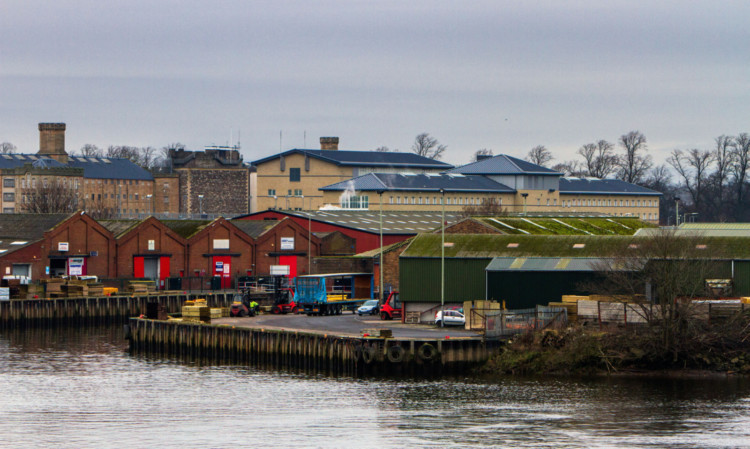A local historian has uncovered the formative years of Perth harbour, a period that sparked a four-year legal battle between Perth officials and a local aristocrat.
Robert Maxtone-Graham was researching ancient fishing rights in the Tay for a possible book on the city’s common good when he came across a strange entry.
Winter floods 300 years ago created a sand island, which was later incorporated in the building of Perth harbour, with the town and Sir Thomas Moncreiffe both laying claim to it and the associated fishing rights.
The town eventually beat the nobleman, gaining two thirds of the fishing rights.
Mr Maxtone-Graham, who lives in Balbeggie, claims this weekend marked the 300th anniversary of the beginnings of Perth harbour, as the first reference to the new island was on January 25 1714.
The 58-year-old said: “Only a great spate could have deposited such a huge quantity of material, left high and dry after its abatement.
“Although bordered to east, west and south by Moncreiffe’s lands, its northern tip lay very close to the south east corner of the South Inch, at a peninsula known as “Cow Inch” and the town laid claim to it.
“The Great Charter and Sasine granted to the burgh by James VI in 1600 was sent to a lawyer in Edinburgh for analysis.
“Moncreiffe obviously disagreed with the charter and over four years of legal wrangling ensued, resulting in an Act of Council in August 1717, dividing the island into three portions. Moncreiffe was to have the property of the southern and middle thirds, the town the northern third.
“The far more important salmon fishing rights were divided in favour of the council, who got the northern two thirds and Moncreiffe the southern third.
“He also had the rights to drive his ‘beastial’ across the town’s property to get them to Moncreiffe Island. The town’s fishing tenants also had the right to cast their nets before Moncreiffe’s.”
The area eventually became part of the modern-day harbour, though it took more than half a century to persuade the Moncreiffe family to sell their portion of the land, which they did in 1888 for £1,000.
